|
oin us bright and early (before 8:00 am) on May 18 for our annual fund raising plant sale. Select from a huge variety of tomatoes that will dazzle even the tomato connoisseurs out there! We try to have something for everyone from patio tomatoes to paste tomatoes, slicing tomatoes, heirlooms, the works!
We have tomatoes with a very short "Days to Maturity" rating. Since our plants are well started when you get them you will have about a 15 to 30 day head start on the how long you will have to wait for your first crop depending on a number of variables including how you harden off the plants before planting, what the soil temp is when planting, how much sun, wind and moisture the plant gets, and what the daily high and low temperatures are. Days to maturity is a rating to help us determine what plants are best suited to our zone (3-4) and the limitations that makes on the plants we raise. Most of the varieties we offer will continue to set fruit until frost kills the plant. Others which are called "determinate" will set fruit until the plant reaches it mature size. Once these ripen the plant will die back. All determinate varieties that we offer are indicated. The earliest varieties tend to be the cherry and grape tomatoes. We offer:
For mid-sized early tomatoes we have:
Paste tomatoes: We offer 4 paste tomatoes, these are the plum shaped dense fruit that will cook down into a good tomato paste. Paste tomatoes tend to produce very abundant fruit.
Large slicing tomatoes take longer to maturity. We offer:
Other:
If you have experienced "early blight," watch for our article on early blight and how to avoid it in a coming post. Subscribe to the NCMGV blog and get updates in your email inbox. Here is how to do it: https://www.northcountrymgv.org/blog/new-email-subscription-feature Article submitted by Pamela Davies MGV
0 Comments
'There are lots of reasons to love snapdragons not the least of which is that 2019 if the National Garden Bureau's Year of the Snapdragon! Here are just a few reasons to love snapdragons and to plant them in your garden!!
Let's not forget this wonderful old standby when planning our gardens this spring. For more information on varieties, care and feeding and the delights of the snapdragon, check out: https://ngb.org/year-of-the-snapdragon/ Who is the National Garden Bureau? From their website, the "National Garden Bureau is a non-profit organization that exists to educate, inspire, and motivate people to increase the use of plants in homes, gardens, and workplaces by being the marketing arm of the gardening industry." For more information on the National Garden Bureau, check out: https://ngb.org/about/ Article submitted by Pamela Davies MGV
Her presentation included the herb gardens at Old World Wisconsin, the Schulz Farm located at Eagle, WI. The
history began with the European settlers arriving in the mid 1800’s, and the herbs they brought with them. Note the German immigrants migrating to Wisconsin in 1900 was equivalent to 34% of the population. The herbs were for medicinal purposes as well as culinary additives for their sustenance with a well rounded German garden containing 34 herbs. If your organization would be interested in this hour long herb presentation, contact the Spooner Agriculture Research Station. Article/Photos submitted by Katie Childs
The trees most likely to die from oak wilt infection are in the red oak group, including northern pin oak, northern red oak, red oak and black oak. The white oak group is more likely to survive infection and includes bur oak, swamp white oak, white oak and English oak.
Tree paint or wound dressing is not normally recommended on pruned or wounded surfaces, but for damaged oaks an immediate light application of these products may be the only defense against oak wilt infection from April through July. Pruning in spring can be damaging to any deciduous tree because their energy reserves are low as they produce new buds and leaves following the winter months. In general, the best time to prune is in winter when trees are dormant. As of January 31, oak wilt has been found in all Wisconsin counties except Ashland, Iron, Forest, Taylor, Door, Kewaunee, Calumet and Manitowoc counties. Several of these counties contain the highest abundance of healthy and productive oak forests in the state. Taking recommended precautions will help keep them that way for years to come. Oak wilt and other diseases move easily on or in firewood logs year-round, so keeping firewood local, or purchasing Wisconsin-certified firewood, is another important component of protecting trees and keeping forests healthy. Visit the DNR firewood page for more information and a directory of certified firewood vendors. More information, including a recently released oak wilt video, is available at the DNR oak wilt page. Additional information about proper pruning techniques is available from community foresters or through DNR resources such as this tree pruning poster. Keep up with the latest events and garden information for our area by getting this blog feed directly into your inbox!
The NCMGVA blog has set up a new email system that is fully automatic. If you are already receiving email updates, you will have to switch over to this new service as the other will be going away. How to get signed up:
by: Katie Childs, UW-Extension Master Gardener Volunteer The sap is running and the bees are buzzing...A big cheer for Spring as many of us have suffered from snow and cold fatigue. However, I have some good news to share about the beehives on Golden Pond. Let me bring you up to speed with a bit of a review… Last November I ‘blogged’ about “Project Honey,” an experimental operation whereby in May, a beekeeper installed a couple of hives near my Gardens on Golden Pond. The colonies not only survived, but thrived near an oasis of perennial beds, along with vegetable and fruit gardens, in an extreme woodsy environment. Over Labor Day, it was time to harvest the honey from the hives; the process taking several hours, resulted in an abundance of liquid gold! With the temperature dipping in the fall, the hives were prepped for winter readiness. Along with a honey reserve and protein packs to supplement their winter nourishment, each hive was bound securely with an insulated Mylar type wrap, foam insulation and duct tape. With the temperature falling to beyond minus 30 degrees at times, this method proved to be sufficient to help maintain the hive temperature during the exceedingly harsh winter months. Along with the outer protection, the bees had to do their part as well. Let me explain - the worker bees form a “cluster” surrounding the queen to keep her warm and safe. With thousands of bees shivering and vibrating their wing muscles they can maintain the cluster temperature as follows: the optimal core temp in winter time is 95 degrees; 81 degrees is the average observed in the inside, while 48 degrees is the average temperature for a cluster exterior shell. Who knew, in the winter the workers insulate - in the summer they are a cooling agent. While the calendar says its spring, our garden scapes and woods may be still covered with snow. However, with the melting well underway, we will soon be checking for daffodils, crocus and tulips popping up. On March 22 the temperature rose to 50 degrees and much to my surprise, I heard a buzzing in a very sunny protected spot a short distance from the hives. I soon had a confirmation that a honey bee was out and about. On the 23rd - again a warm and calm day - dozens of ‘scout’ bees were seeking pollen and nectar, albeit a bit early. Had they been successful, they would return to the hive and ‘dance’ on the honeycomb. The beekeeper came by to examine the hives and I am happy to report he was pleased at the colonies survival rate and overall hive condition. We are optimistically looking forward to another season of ‘cohabiting’ with honey bees at Gardens on Golden Pond! HONEY BEE FUN FACTS
FEED THE BEES PLEASE!
Photo Credit: Carla TePaske We all are starting to dream of our summer gardens. Sometimes while we are planning our gardens we want to try something new. If you have not tried growing herbs, I suggest give it a go this garden season. There are so many wonderful ways you can use herbs in your cooking, drinking and daily health. We will be sharing ways to use herbs here on the blog and at our garden events. A simple recipe to get your taste buds ready for fresh herbs. Herb Butter Soften the amount of butter you want in a warm bowl with a fork.. add a squeeze of lemon and two or three tablespoons of chopped herbs. Shape into a ball. Cling film and store in the fridge. Slice off as you need it. Great for .. potatoes, veggies, chicken and on toast. Herbs to try.. Basil Parsley Chives AuthorCarla TePaske, NCMGV Photo Credit: Carla TePaske California is experiencing a fabulous Spring! California received rain, wonderful rain to make everything grow. With that the painted ladies enjoyed a fantastic early season. Do you remember Wisconsin's Autumn of 2017? We also had painted ladies visit our gardens as they took a break during the migration. Continue to read on about the current butterfly news happening in California and some Wisconsin butterfly history. Substantial rainfall in the deserts near the Mexican border, where the North American painted ladies lay their eggs, is the reason for the unusually large swarms. The rain caused plants to thrive, giving the painted lady caterpillars plenty of food to fuel their transformation, said Arthur M. Shapiro, a professor of evolution and ecology at the University of California, Davis. Source ~ The New York Times ~ click here to read more An unusually wet winter in Southern California has given way to a super bloom of wildflowers and an explosion of Painted Lady butterflies. The black and orange insects usually keep a low profile as they make their annual migration from the deserts of western Mexico to their breeding grounds in the Pacific Northwest. But this year, they're hard to miss. Scientists say that extra plant growth has allowed their population to boom into the millions. Source ~ WBUR ~ Click here to read more September of 2017 Wisconsin was blessed with a similar event. Our mild spring weather allowed for an early northward migration. In 2017 Painted Ladies were spotted in Iowa as early as March 10th, which is earlier than normal. With such an early arrival, the butterflies were able to have two generations instead of just one. For us Wisconsinites, the abundance of butterflies would not be visible to us, because they typically migrate at an elevation several thousand feet in the air to take advantage of favorable wind currents. Using the wind they can travel up to 100 miles a day, and reach speeds of nearly 30 miles per hour. September of 2017, Wisconsin had strong southern weather flow that brought the Painted Ladies down. It is not efficient for a tiny butterfly to try and fly against the wind, so they took a break and were busy refueling on Autumn flowers such as goldenrod, asters, zinnia and sunflowers. It truly was a magical September for Wisconsin and I am sure that is how California folks are feeling this Spring! AuthorCarla TePaske, NCMGV Photo Credit: Carla TePaske Is your mouth watering? Oh, the taste of home grown tomatoes. Oh, the taste of that first BLT! While researching growing tomatoes in Zone 3, MGV Carol Taylor and MGV Russ Parker found Casey's Heirloom Tomatoes. caseysheirloomtomatoes.ca/about/about-me-----.html Casey's Heirloom Tomatoes is a fascinating story. Click on the link above to learn more. If your mouth is watering for a BLT, be sure to come and join us for our Annual Plant Sale and pick out your favorite Heirloom Tomatoes. Annual Plant Sale sponsored by North Country Master Gardener Volunteers, Saturday, May 18, 8:00 -11:00am (or until plants last) at the Station Building, 1035 E. Maple Street (Hwy 70). For sale: Heirloom Tomatoes, Peppers, Natives, Herbs, and Cannas AuthorCarla TePaske NCMGV |
|
| North Country MGV | gARDEN bLOGS |
Location |
|
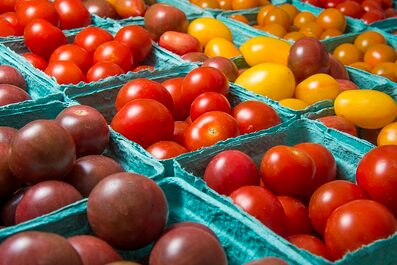
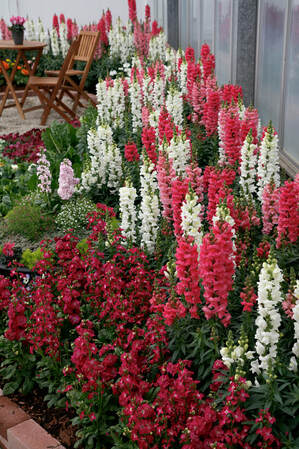
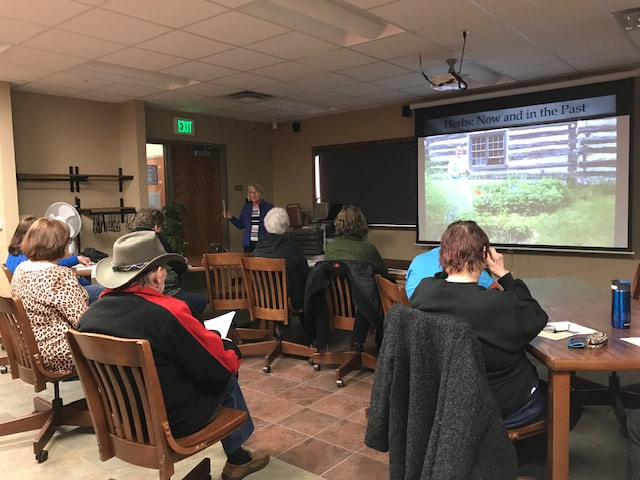
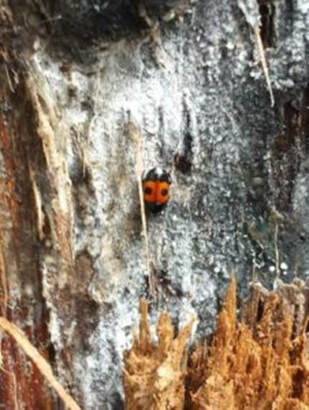


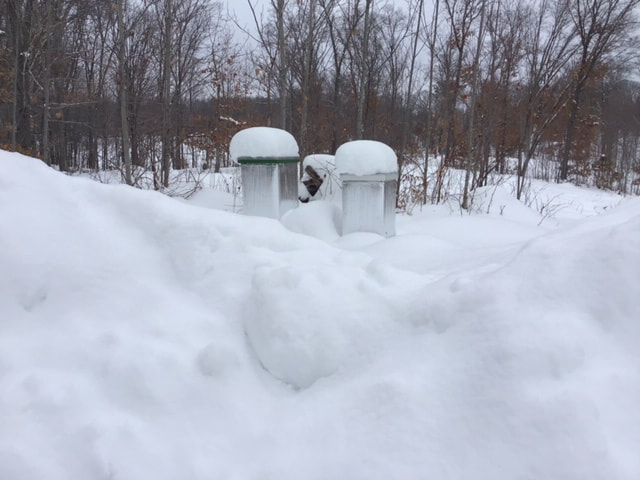
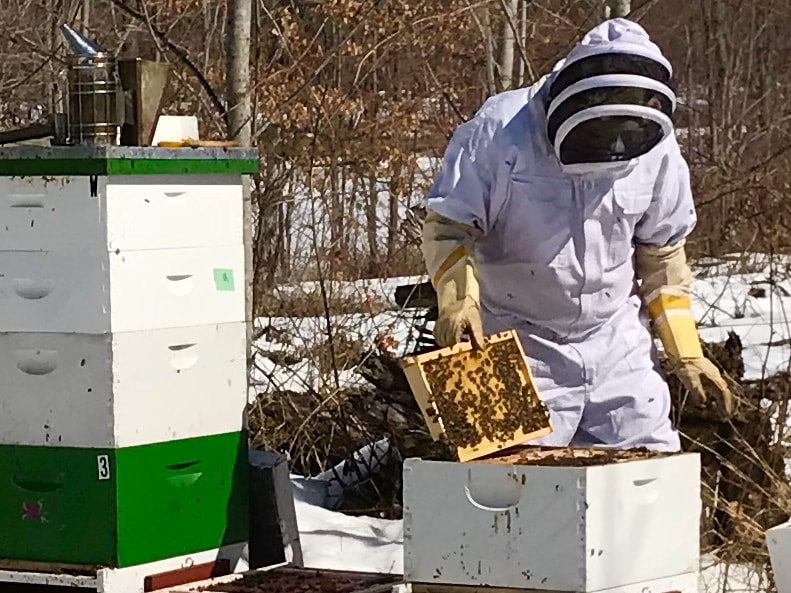
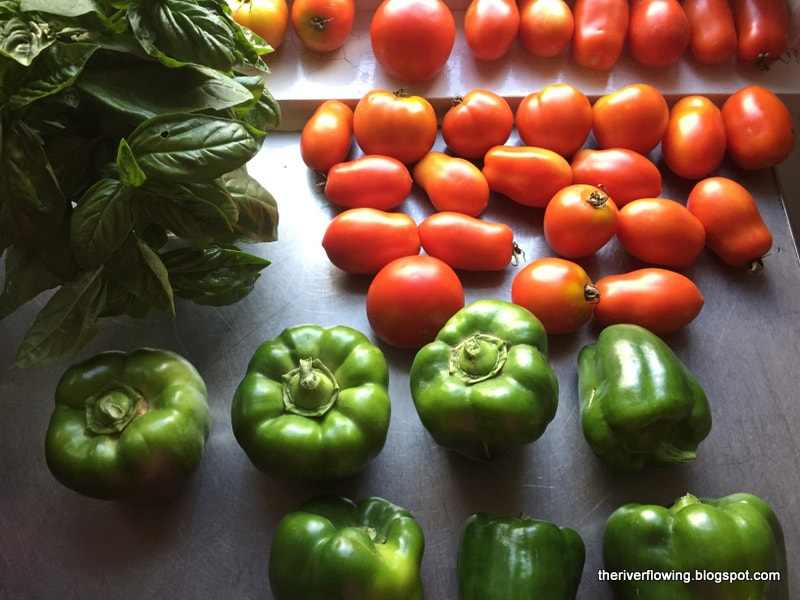
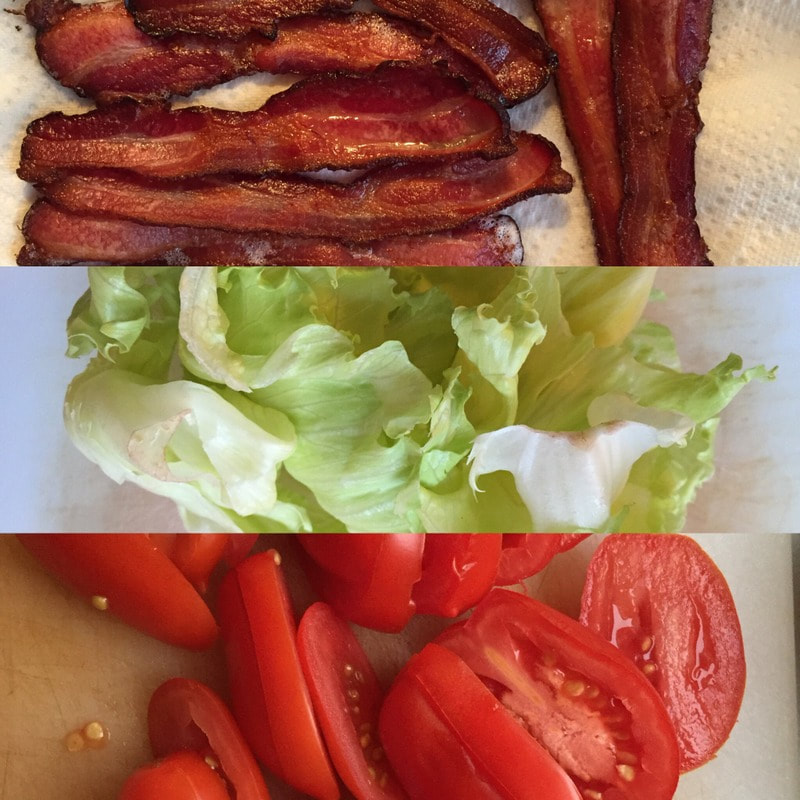
 RSS Feed
RSS Feed